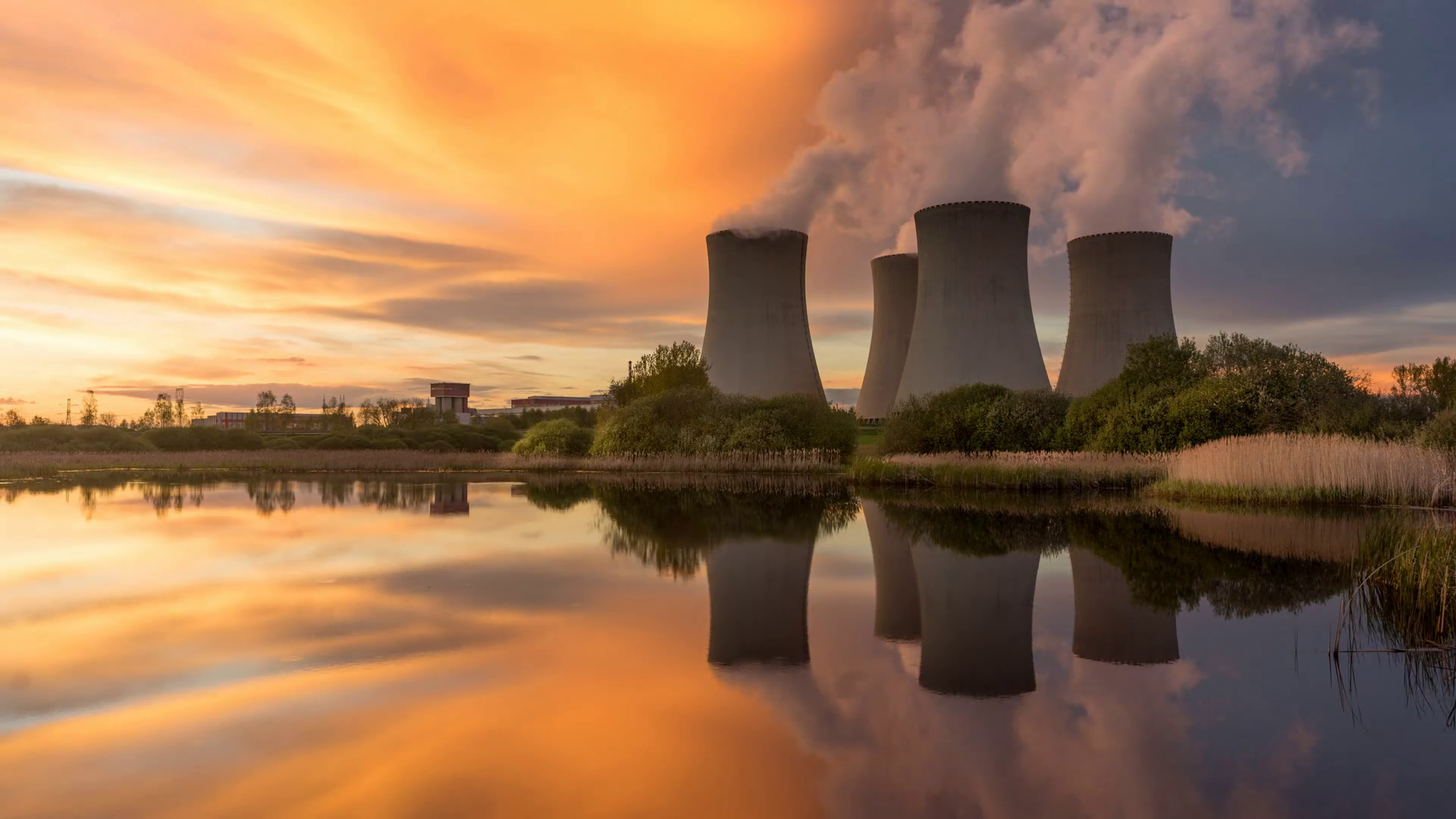Mimicking The Sun
Have you ever wondered how our sun shines so brightly? How an object almost 100 million miles away emits energy that can we can see? The sun is very similar to a nuclear reactor, where the electricity generated is virtually limitless. Unfortunately, nuclear power has gotten a bad rap from disasters like Chernobyl and inventions like the atomic bomb. However, this nuclear energy source can provide energy day and night, no matter the conditions, with no deadly greenhouse gases. It is the most efficient renewable energy source.
Despite deaths from nuclear disasters like Chernobyl, NASA's Goddard Institute calculates that a total of 1.8 million lives have been saved through nuclear energy per year, making nuclear power the safest energy source in the world. People often have the misperception that nuclear power is dangerous and deadly because of its past use to create weapons of mass destruction and the press coverage received from rare atomic disasters. However, this is not the case, and it is not all black and white. Our misconception of nuclear energy dangers is similar to our impression that flying is more deadly than driving. On an average day, there are two times as many deaths from a car crash than one year of flying. Yet our misperceptions are strengthened because the media dramatizes airplane disasters due to their infrequency. In reality, new strides in technology with nuclear power have enabled highly concentrated, and extremely safe energy production.
One significant new advance in nuclear technology is the Molten Salt Reactor, which promises an even safer and more efficient energy production method than its predecessor. This technology utilizes Thorium, an element vastly more common than uranium with a shorter half-life. The basic idea is to dissolve the nuclear fuel in a liquid – a molten salt at 600-700 degrees C – that is continuously circulated throughout the reactor core. In the heart, graphite ensures that reactions can only occur with the coolant. This fluid can be quickly processed with a subsequent step to remove excessive heat. In an emergency, the reactor has several inherent safety mechanisms that follow to contain the radioactive material.
Safety Mechanisms Of New Nuclear Reactors
Graphite Moderator:
The reaction can only occur with neutron moderating mechanisms, otherwise, the system is paused.
Overheat Plug
If the coolant overheats, a plug in the bottom of the chamber melts, sequestering the substance.
Solidifying Coolant
If the core is punctured, coolant will quickly harden to form a containment zone for the Thorium (radioactive).
Some may argue that nuclear power will never be safe, "just take a look at what happened in Chernobyl." But the truth is that nuclear energy is our safest route to greenhouse free energy. Every year, 3 million people die as a direct result of fossil fuels, including miners from lung disease and cancer. When we look at deaths from nuclear power-related incidents, there were no more than 5 thousand in total since its inception. Taking into account those who died from atomic bombs, there are less than three hundred thousand deaths overall compared to 2.5 million deaths yearly related to coal production. The Lancet states that "Nuclear energy is by far the safest energy source in this comparison – it results in more than 442 times fewer deaths than the 'dirtiest' forms of coal; 330 times rarer than coal; 250 times less than oil; and 38 times fewer than gas." These figures are based on energy production in Europe, where anti-pollution regulation and technologies are already well ahead of many countries in the world. In this case, we may have understated the death rate from fossil fuels in comparison to nuclear power.
Nuclear energy is not as dangerous as it seems, and in fact, it is saving millions of lives from the dangers of fossil fuels. As the media has dramatized its destructive force in rare cases, they have also unintentionally worsened our perception of one of our best steps to fighting climate change. Think of nuclear energy as the sun, or a star, a brilliant and natural process with incredible strength. It's much safer than our current alternatives. If we change our perceptions about nuclear power, we can move forward towards a future with fewer greenhouse gases and decrease the detrimental effects of escalating global warming. Maybe then, our world's beauty will be as bright as the sun.




